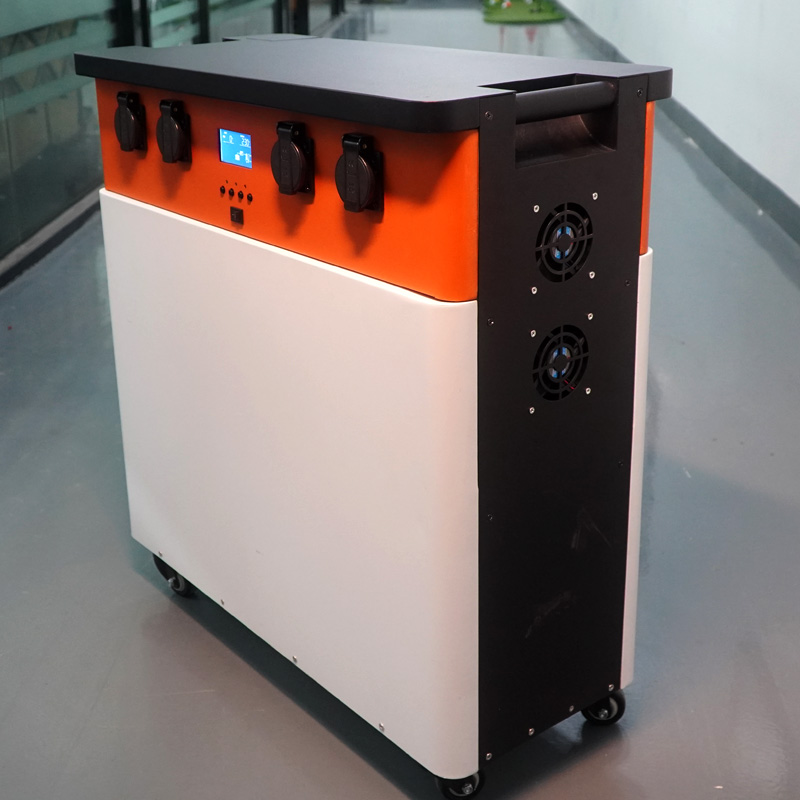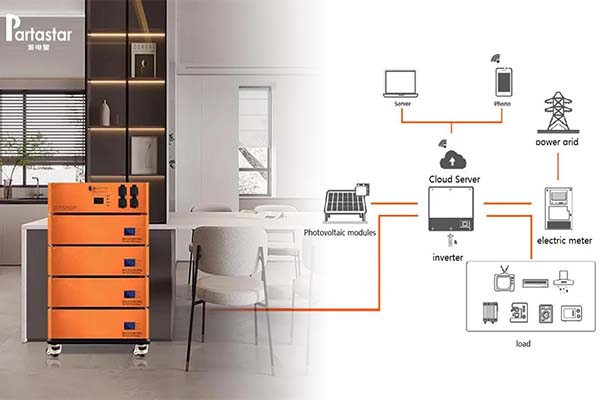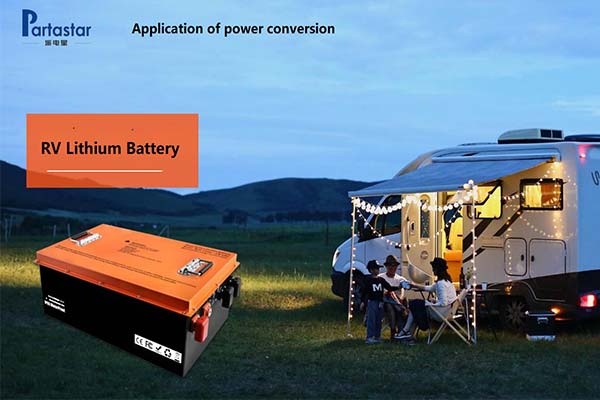Because I often go out for camping and road trips, Portable Power Stations are still a very practical product for me. Then I would like to share with you my experience without stepping on the pit when purchasing a power supply and how to choose the right power supply for you.
1. Points for purchasing Portable Power Stations
When purchasing Portable Power Stations, there are two main points: one is to look at the capacity of the power supply (Wh watt-hour), and the other is to look at the power of the power supply (W watts). The capacity of the power supply determines the length of available electricity. The power of the power supply determines the types of electrical appliances that can be used. For example, a Portable Power Stations with a rated power of 1800W can drive electrical appliances below 1800W. At the same time, you can use this formula (watt-hour ÷ power = available time of the appliance) to calculate the available time of the appliance under the power supply of different capacities.
Example: The power capacity is 1260Wh, and the power of the rice cooker is 1000W. Put on the formula: 1260Wh÷1000W=use time 1.26H
2. Portable Power Stations usage scenarios
Now we have a certain understanding of the capacity and power of the power supply. Next, we can choose according to the number of users, electrical appliances, and usage scenarios. The scenarios of using Portable Power Stations can generally be divided into two types: leisure camping and self-driving travel. The characteristics and requirements are listed as follows:

Recreational Camping:
Camping players for about 1-2 days, the camping scene is to set out camping with three or five friends on weekends. Estimated electrical equipment: mobile phones, speakers, projectors, cameras, Switch, electric fans, etc. Keywords: short distance, leisure, entertainment. Because the camping time is short (two days and one night), the demand for electricity is not strong, and it only needs to meet some entertainment. Therefore, it is recommended to purchase a small-capacity power supply.
Leisure campers recommend Paitastar Portable Power Stations, as an entry-level series, its features are: small size, fast charging, and sufficient power. The maximum power can reach 600W, and the charging port is also full of sincerity, which can support up to 9 devices to charge at the same time.
Travel by car:
Choosing self-driving travel is not too harsh on the weight of the power supply, but more about the capacity/power of the power supply. Compared with recreational camping, self-driving travel time is more abundant and the usage scenarios are more abundant, including: car refrigerators, rice cookers, electric blankets, kettles, computers, projectors, drones, cameras and other high-power electrical appliances. Keywords: large capacity, high power.
3. Electricity Safety
In addition to outdoor electricity, the safety of Portable Power Stations also deserves our attention. When we go out camping, many times we store the power supply in the car. So is there any security risk in doing so?
Take the Paitastar Portable Power Stations I'm using for example. Power supply storage temperature: -10° to 45°C (20° to 30°C best). The temperature in the car will remain around 26°C while the vehicle is in motion. When parking, the built-in battery management system of the power supply has its own high temperature protection, low temperature protection, overrun protection, overload protection, short circuit protection, overvoltage protection, overcurrent protection and battery fault protection. See the health of Portable Power Stations. It can further ensure the installation of our electricity. At the same time, the body of the aluminum alloy shell of the power supply has the advantages of corrosion resistance, high temperature resistance, and high insulation, which can better avoid the occurrence of leakage accidents. It can be said that with the double protection of software and hardware, the safety of Portable Power Stations is absolutely guaranteed. Of course, it is recommended that you put the power supply back into the indoor storage when the power supply is not in use.



